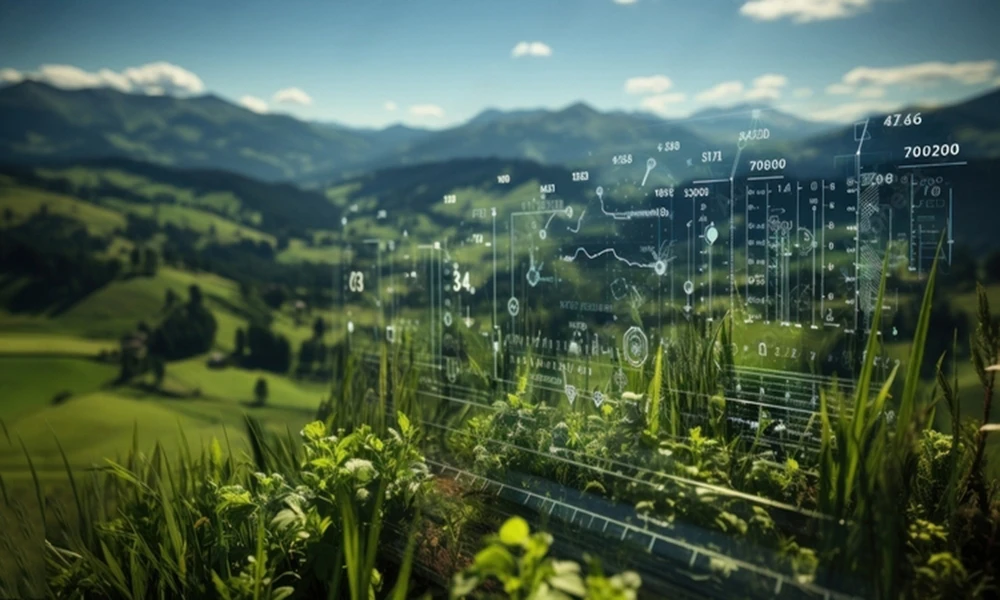Guardians of the Green: How AI Cameras Are Preserving Our Planet Through Environment Monitoring
Category: AI Camera, Smart Agriculture Technologies
In the vast expanse of our planet, where nature thrives and ecosystems intertwine, AI cameras have taken on the role of vigilant guardians. These unassuming lenses, powered by artificial intelligence, are not just capturing images of the environment—they are actively monitoring, protecting, and preserving the delicate balance of our ecosystems. Join us on a journey into the realm of environment monitoring, where the watchful eyes of AI cameras are contributing to the safeguarding of our planet.
1. Air Quality Monitoring: Breathing Easy with AI Eyes in the Sky
- AI cameras play a crucial role in monitoring air quality. Equipped with sensors and computer vision, these cameras analyze pollutants and particulate matter in the air. They provide real-time data that helps authorities assess air quality, identify sources of pollution, and implement measures to ensure cleaner and healthier air for all.
2. Wildlife Conservation: Eyes on Endangered Species
- In the realm of wildlife conservation, AI cameras contribute to monitoring endangered species. Placed in natural habitats, these cameras use image recognition to track and identify wildlife. They provide valuable data for conservationists, helping monitor population trends, track migration patterns, and assess the impact of environmental changes on animal habitats.
3. Forest Fire Detection: Nipping Fires in the Bud
- AI cameras are instrumental in early detection of forest fires. Placed in strategic locations, these cameras use image analysis to identify signs of smoke or fire. The real-time alerts generated by AI cameras enable rapid response, helping authorities contain and extinguish fires before they escalate.
4. Water Quality Monitoring: Keeping Rivers and Oceans in Check
- AI cameras contribute to monitoring the quality of water bodies. Equipped with sensors, these cameras analyze water parameters such as turbidity and pollution levels. They provide valuable insights that aid in the management of water resources, protection of aquatic ecosystems, and early detection of potential environmental threats.
5. Urban Green Spaces: Nurturing City Nature
- In urban areas, AI cameras monitor green spaces and urban vegetation. They analyze plant health, growth patterns, and overall greenery conditions. This data assists city planners in making informed decisions about urban landscaping, promoting biodiversity, and ensuring the well-being of urban green spaces.
Conclusion:
In conclusion, a grand tapestry of our planet, AI cameras are not just capturing moments—they are actively contributing to the preservation of our environment. From monitoring air quality to safeguarding wildlife habitats, these intelligent lenses are working tirelessly to ensure that the delicate balance of nature remains intact. The journey toward a sustainable and healthier planet is guided by the watchful eyes of AI cameras, promising a future where environmental monitoring is a key ally in the ongoing quest for a greener and more resilient Earth.
CASE STUDIES
Case Study 1: Singapore’s Smart Nation Initiative - AI-Driven Traffic Management
Challenge:
- Cities around the world face challenges related to air quality, impacting the health and well-being of residents. The need arose for a comprehensive and accessible tool to monitor and understand urban air quality.
Solution:
- Google developed the Environmental Insights Explorer (EIE), a platform that utilizes AI and environmental data to provide insights into urban air quality. The platform integrates data from various sources, including AI-powered cameras and sensors, to generate real-time and historical information on air quality. The tool allows city planners and residents to explore air quality data, identify trends, and make informed decisions for improving urban environmental conditions.
Outcomes:
- The implementation of Google’s Environmental Insights Explorer has empowered cities to monitor and address air quality challenges effectively. By leveraging AI cameras and data analytics, the platform enhances the understanding of urban environmental conditions. Cities using EIE have been able to implement targeted interventions to reduce pollution, contributing to healthier and more sustainable urban environments.
Case Study 2: Smart Parks Project in Barcelona - Biodiversity Monitoring
Challenge:
- Urban development poses threats to biodiversity, especially in green spaces within cities. Barcelona sought to address the challenge of preserving biodiversity in its urban parks.
Solution:
- Barcelona initiated the Smart Parks project, deploying AI cameras in urban green spaces to monitor and protect biodiversity. The cameras use image recognition to identify plant and animal species, track their movements, and assess the overall health of ecosystems. The data collected helps city officials and environmentalists make informed decisions to preserve and enhance biodiversity within urban parks.
Outcomes:
- The Smart Parks project in Barcelona has contributed to the conservation of urban biodiversity. AI cameras have provided valuable insights into the diversity of plant and animal species, enabling targeted conservation efforts. The data collected supports evidence-based urban planning, ensuring that green spaces within the city continue to serve as vital ecosystems for both residents and wildlife.

